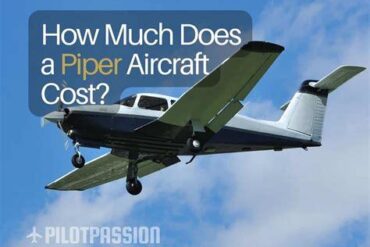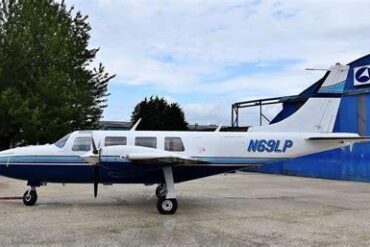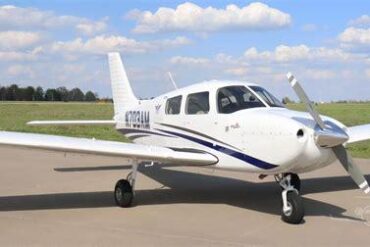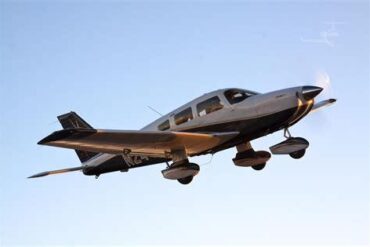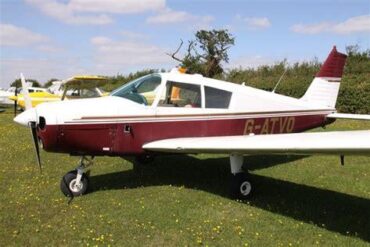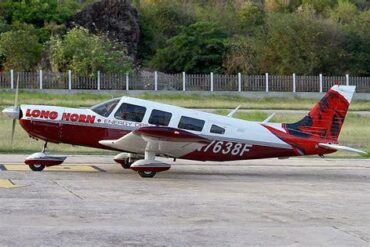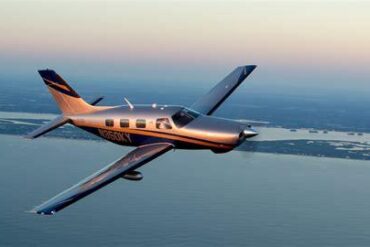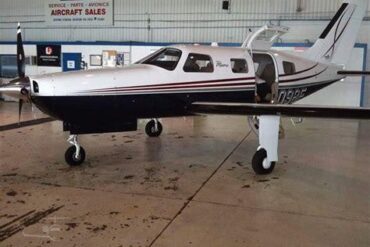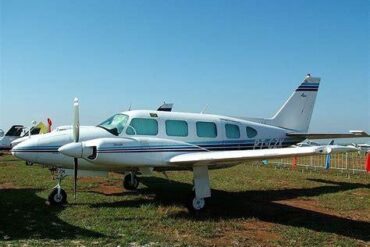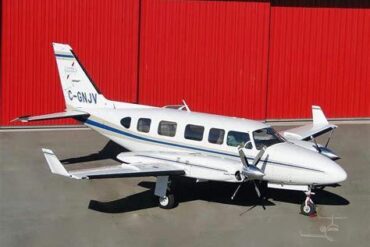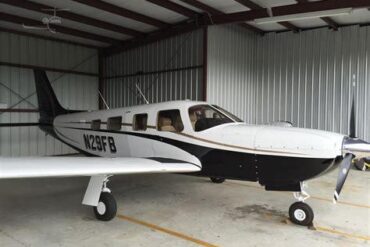The Piper Seneca V is a remarkable aircraft that has gained a loyal following among aviation enthusiasts and professionals alike. As a twin-engine, piston-powered aircraft, it is designed for both performance and comfort, making it a popular choice for personal and business travel. In this article, we will explore the purchase price, operating costs, and overall value proposition of the Piper Seneca V, providing potential buyers with a comprehensive understanding of this impressive aircraft.
Overview of the Piper Seneca V
The Piper Seneca V is an advanced version of the renowned Seneca series, featuring a modern design and numerous improvements over its predecessors. With a maximum cruise speed of approximately 200 knots and a range of 1,200 nautical miles, this aircraft is well-suited for both short and long-distance flights. The Seneca V offers seating for up to six passengers, providing ample space and comfort for all onboard.
Key Specifications
-
Engine: Lycoming TIO-540-U2A (2 x 300 hp)
-
Wingspan: 38 ft 4 in
-
Length: 29 ft 6 in
-
Height: 9 ft 4 in
-
Maximum Takeoff Weight (MTOW): 3,800 lbs
-
Cruise Speed: 200 knots
-
Range: 1,200 nautical miles
These specifications highlight the Seneca V’s capabilities and underline why it remains a top choice among light aircraft.
Purchase Price of the Piper Seneca V
The purchase price of a Piper Seneca V can vary significantly based on several factors, including the year of manufacture, total flight hours, and overall condition of the aircraft. On average, potential buyers can expect to pay between $350,000 and $550,000 for a used Seneca V in good condition. Factors that influence the price include:
-
Year of Manufacture: Newer models typically command higher prices due to updated features and technology.
-
Total Flight Hours: Aircraft with lower flight hours often have higher resale values.
-
Condition: Aircraft that have been well-maintained with complete service history will be priced higher.
-
Modifications: Any upgrades, such as avionics or performance enhancements, can affect the purchase price significantly.
Financing Options
Purchasing a Piper Seneca V can be a considerable investment, and many buyers opt for financing to ease the financial burden. Various financing options are available, including:
-
Conventional Loans: Traditional bank loans typically offer competitive interest rates and terms.
-
Aircraft Financing Companies: Specialized lenders focus on financing aircraft and may provide tailored solutions.
-
Leasing Options: For those looking to minimize upfront costs, leasing can be a viable alternative, allowing access to the aircraft without outright ownership.
Operating Costs of the Piper Seneca V
Operating costs are a crucial consideration for any aircraft owner, and the Piper Seneca V is no exception. Understanding these costs can help potential buyers evaluate the overall affordability of owning and operating this aircraft.
Fuel Costs
One of the primary operating expenses for the Piper Seneca V is fuel. The aircraft consumes approximately 15 gallons per hour (GPH) during cruise flight. Given the average fuel price of $6.00 per gallon, the fuel cost can be calculated as follows:
- Hourly Fuel Cost: 15 GPH x $6.00/gallon = $90.00 per hour
For a typical flight of three hours, the total fuel cost would be approximately $270.00.
Maintenance Costs
Regular maintenance is essential to ensure the safe and reliable operation of the Piper Seneca V. Maintenance costs can vary based on usage, but a reasonable estimate for annual maintenance is around $10,000 to $15,000. This includes:
-
Routine Inspections: Adhering to FAA regulations, which include annual inspections and 100-hour inspections for commercial operations.
-
Preventive Maintenance: Addressing any minor issues before they escalate into more significant problems.
-
Repairs: Unforeseen repairs may arise, necessitating a budget for unexpected maintenance needs.
Insurance Costs
Insurance is another critical component of operating costs. The cost of insuring a Piper Seneca V typically ranges from $2,500 to $5,000 per year, depending on factors such as:
-
Pilot Experience: More experienced pilots often pay lower premiums.
-
Aircraft Value: Higher-value aircraft generally incur higher insurance costs.
-
Coverage Levels: Comprehensive coverage will result in higher premiums.
Hangar Fees
Storing the Piper Seneca V at a fixed-base operator (FBO) or a private hangar can also contribute to operating costs. Hangar fees can vary based on location and facility quality, typically ranging from $300 to $1,200 per month. This expense should be factored into the overall cost of ownership.
Total Operating Cost Breakdown
To summarize the annual operating costs associated with the Piper Seneca V, we can create a detailed breakdown:
| Cost Category | Estimated Annual Cost |
|---|---|
| Fuel | $10,800 (150 hours/year) |
| Maintenance | $10,000 – $15,000 |
| Insurance | $2,500 – $5,000 |
| Hangar Fees | $3,600 – $14,400 |
| Total | $30,900 – $45,200 |
Cost Comparison with Competitors
When considering the Piper Seneca V, it is essential to compare its operating costs with similar aircraft in its class. Competing models may include the Beechcraft Baron G58 and the Cessna 340. Here’s a quick overview of how the Seneca V stacks up against these competitors:
| Aircraft Model | Purchase Price | Hourly Operating Cost | Annual Operating Cost |
|---|---|---|---|
| Piper Seneca V | $350,000 – $550,000 | $200 – $250 | $30,900 – $45,200 |
| Beechcraft Baron G58 | $600,000 – $1,200,000 | $250 – $300 | $40,000 – $60,000 |
| Cessna 340 | $350,000 – $700,000 | $220 – $280 | $35,000 – $50,000 |
From this comparison, it is evident that the Piper Seneca V offers competitive pricing and operational costs, making it an attractive option for those in the market for a twin-engine aircraft.
Conclusion: Value Proposition of the Piper Seneca V
The Piper Seneca V is a superb choice for those seeking a reliable and versatile aircraft. With a balance of performance, comfort, and reasonable operating costs, it is suitable for both personal and business aviation needs. While the initial purchase price may seem significant, the long-term benefits, including lower operating costs compared to competitors, can provide excellent value over time.
As we have detailed, the costs associated with owning and operating the Piper Seneca V are manageable, particularly when considering the advantages it offers in terms of range, speed, and passenger capacity. For potential buyers, conducting thorough research and evaluating individual needs and preferences will ultimately lead to a successful investment in this exceptional aircraft.


